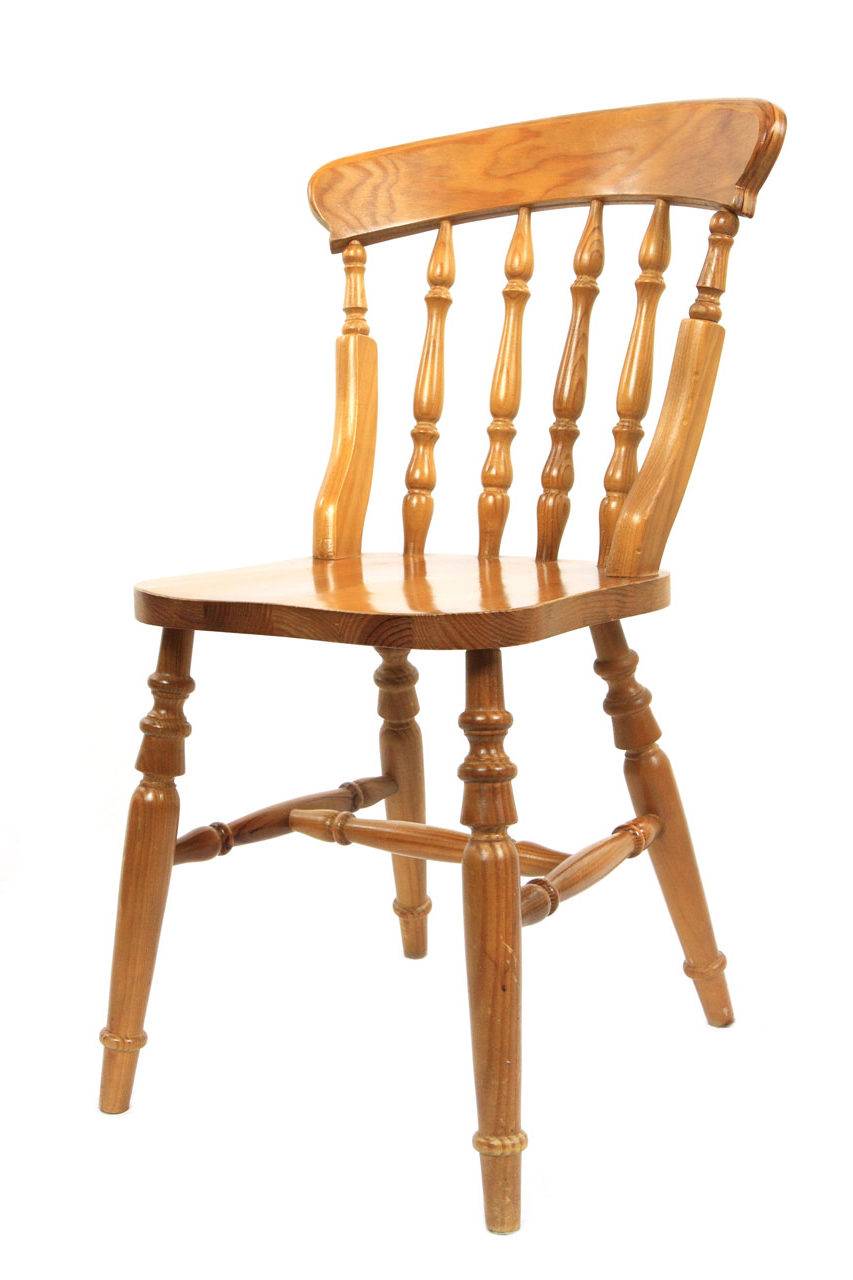7.6: Text- Count vs. Non-Count Nouns
- Page ID
- 59185
\( \newcommand{\vecs}[1]{\overset { \scriptstyle \rightharpoonup} {\mathbf{#1}} } \)
\( \newcommand{\vecd}[1]{\overset{-\!-\!\rightharpoonup}{\vphantom{a}\smash {#1}}} \)
\( \newcommand{\id}{\mathrm{id}}\) \( \newcommand{\Span}{\mathrm{span}}\)
( \newcommand{\kernel}{\mathrm{null}\,}\) \( \newcommand{\range}{\mathrm{range}\,}\)
\( \newcommand{\RealPart}{\mathrm{Re}}\) \( \newcommand{\ImaginaryPart}{\mathrm{Im}}\)
\( \newcommand{\Argument}{\mathrm{Arg}}\) \( \newcommand{\norm}[1]{\| #1 \|}\)
\( \newcommand{\inner}[2]{\langle #1, #2 \rangle}\)
\( \newcommand{\Span}{\mathrm{span}}\)
\( \newcommand{\id}{\mathrm{id}}\)
\( \newcommand{\Span}{\mathrm{span}}\)
\( \newcommand{\kernel}{\mathrm{null}\,}\)
\( \newcommand{\range}{\mathrm{range}\,}\)
\( \newcommand{\RealPart}{\mathrm{Re}}\)
\( \newcommand{\ImaginaryPart}{\mathrm{Im}}\)
\( \newcommand{\Argument}{\mathrm{Arg}}\)
\( \newcommand{\norm}[1]{\| #1 \|}\)
\( \newcommand{\inner}[2]{\langle #1, #2 \rangle}\)
\( \newcommand{\Span}{\mathrm{span}}\) \( \newcommand{\AA}{\unicode[.8,0]{x212B}}\)
\( \newcommand{\vectorA}[1]{\vec{#1}} % arrow\)
\( \newcommand{\vectorAt}[1]{\vec{\text{#1}}} % arrow\)
\( \newcommand{\vectorB}[1]{\overset { \scriptstyle \rightharpoonup} {\mathbf{#1}} } \)
\( \newcommand{\vectorC}[1]{\textbf{#1}} \)
\( \newcommand{\vectorD}[1]{\overrightarrow{#1}} \)
\( \newcommand{\vectorDt}[1]{\overrightarrow{\text{#1}}} \)
\( \newcommand{\vectE}[1]{\overset{-\!-\!\rightharpoonup}{\vphantom{a}\smash{\mathbf {#1}}}} \)
\( \newcommand{\vecs}[1]{\overset { \scriptstyle \rightharpoonup} {\mathbf{#1}} } \)
\( \newcommand{\vecd}[1]{\overset{-\!-\!\rightharpoonup}{\vphantom{a}\smash {#1}}} \)
Count Nouns
A count noun (also countable noun) is a noun that can be modified by a numeral (threechairs) and that occurs in both singular and plural forms (chair, chairs). The can also be preceded by words such as a, an, or the (a chair).
Quite literally, count nouns are nouns which can be counted.
Non-Count Nouns
A non-count noun (also mass noun), on the other hand, has none of these properties. It can’t be modified by a numeral (three furniture is incorrect), occur in singular/plural (furnitures is not a word), or co-occur with a, an, or the (a furniture is incorrect).
Again, quite literally, non-count nouns are nouns which cannot be counted.
Example: Chair vs. Furniture
The sentence pairs below compare the count noun chair and the non-count noun furniture.
 There are chairs in the room. (correct)
There are chairs in the room. (correct)
There are furnitures in the room. (incorrect)
There is a chair in the room. (correct)
There is a furniture in the room. (incorrect)
There is chair in the room. (incorrect)
There is furniture in the room. (correct)
Every chair is man made. (correct)
Every furniture is man made. (incorrect)
All chair is man made. (incorrect)
All furniture is man made. (correct)
There are several chairs in the room. (correct)
There are several furnitures in the room. (incorrect)
Determining the Type of Noun
In general, a count noun is going to be something you can easily count—like rock or dollar bill. Non-count nouns, on the other hand, would be more difficult to count—like sand or money. If you ever want to identify a singular non-count noun, you need a phrase beforehand—like a grain of sand or a sum of money.
Practice
Select the correct word to complete each sentence (in some cases, both words may be correct). Determine whether the correct word is a count or a non-count noun.
- The internet is contains a lot of (information / fact).
- The internet contains a lot of (informations / facts).
- We each have a (work / job) to do.
- We each have (work / job) to do.
[reveal-answer q=”169413″]Click to Show Answer[/reveal-answer]
[hidden-answer a=”169413″]
- The internet is full of information. Information is a non-count noun.
- The internet contains many facts. Facts is a count noun. The word “informations” is incorrect because information is non-count and doesn’t have a plural form.
- We each have a job to do. Job is a count noun, so it needs an article (a).
- We each have work to do. Work is a non-count noun.
[/hidden-answer]
- Revision and Adaptation of Wikipedia content. Provided by: Lumen Learning. License: CC BY-SA: Attribution-ShareAlike
- Count noun. Provided by: Wikipedia. Located at: https://en.Wikipedia.org/wiki/Count_noun. License: CC BY-NC-SA: Attribution-NonCommercial-ShareAlike
- Mass noun. Provided by: Wikipedia. Located at: https://en.Wikipedia.org/wiki/Mass_noun. License: CC BY-SA: Attribution-ShareAlike
- Chair. Authored by: Petr Kratochvil. Located at: http://www.freestockphotos.biz/stockphoto/9530. License: CC0: No Rights Reserved

